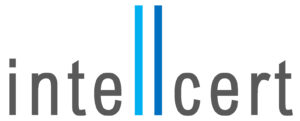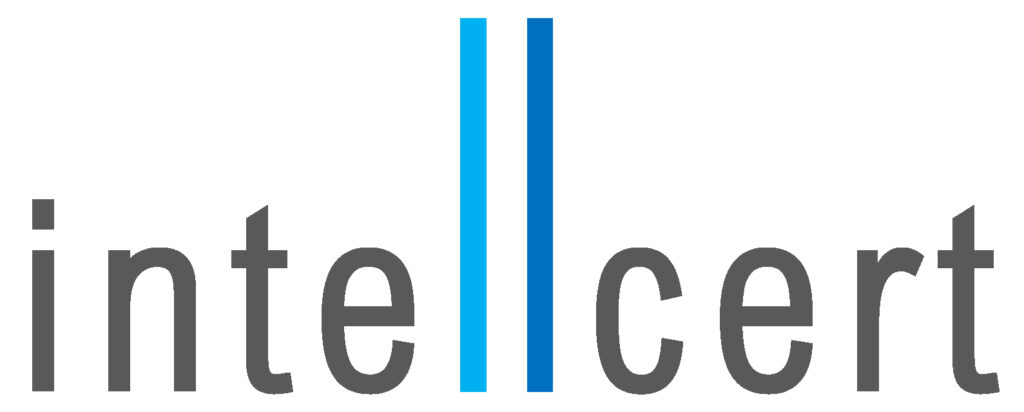Frequently Asked Questions (FAQ) About Inspections
What is an inspection?
An inspection is a formal process where an independent testing or monitoring body physically examines compliance with specific standards, regulations, or quality criteria on-site. Inspections are conducted to ensure that products, facilities, processes, or services meet the defined requirements and comply with quality standards.
What types of inspections are there?
There are various types of inspections that can vary depending on the purpose and scope of application:
- Product inspections: These inspections verify the quality, safety, and conformity of products before they are brought to market.
- Facility inspections: These inspections assess the safety, reliability, and operational readiness of facilities, machinery, or equipment.
- Process inspections: These inspections assess the effectiveness and compliance of processes or procedures within an organization.
- Construction inspections: These inspections assess the progress of construction, the quality of work, and compliance with construction standards and regulations.
- Health and safety inspections: These inspections assess compliance with health and safety regulations in the workplace to prevent accidents and injuries.
Why are inspections important?
Inspections are important for several reasons:
- Quality assurance: Inspections ensure that products, facilities, or processes meet the required quality standards and specifications.
- Risk mitigation: Inspections help identify and address potential risks, errors, or deficiencies early to prevent damage, accidents, or quality issues.
- Compliance: Inspections ensure that companies comply with legal and regulatory requirements, minimizing legal risks.
- Customer satisfaction: Through inspections, companies can ensure that they provide products or services that meet customer expectations and requirements, increasing customer satisfaction.
How are inspections conducted?
Inspections are typically carried out by trained personnel or inspectors who possess the necessary expertise and skills. The process generally involves the following steps:
- Planning: The inspection is prepared by determining its purpose, scope, and methodology.
- Execution: The inspector conducts on-site inspections of relevant products, facilities, or processes and assesses them against established criteria, standards, or regulations.
- Documentation: The results of the inspection are documented, including identified defects, deviations, or recommendations.
- Reporting: An inspection report is created summarizing the inspection results and recommending actions to address defects or deviations.
- Follow-up: If necessary, actions are taken to rectify identified defects or deviations, and if applicable, a follow-up inspection is conducted to ensure that the issues have been resolved.
Who conducts inspections?
Inspections can be conducted by various parties, including:
- Internal inspectors: Employees or teams within the company may conduct inspections to ensure compliance with internal standards and procedures.
- External inspectors: Independent testing institutes, certification bodies, or specialized inspection companies may conduct external inspections to verify compliance with external standards, regulations, or customer requirements.
- Government agencies: Government agencies or regulatory authorities may conduct inspections to monitor and ensure compliance with legal regulations and requirements.
The selection of inspectors depends on the purpose, scope, and requirements of the inspection.

